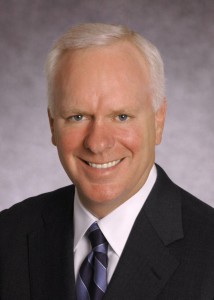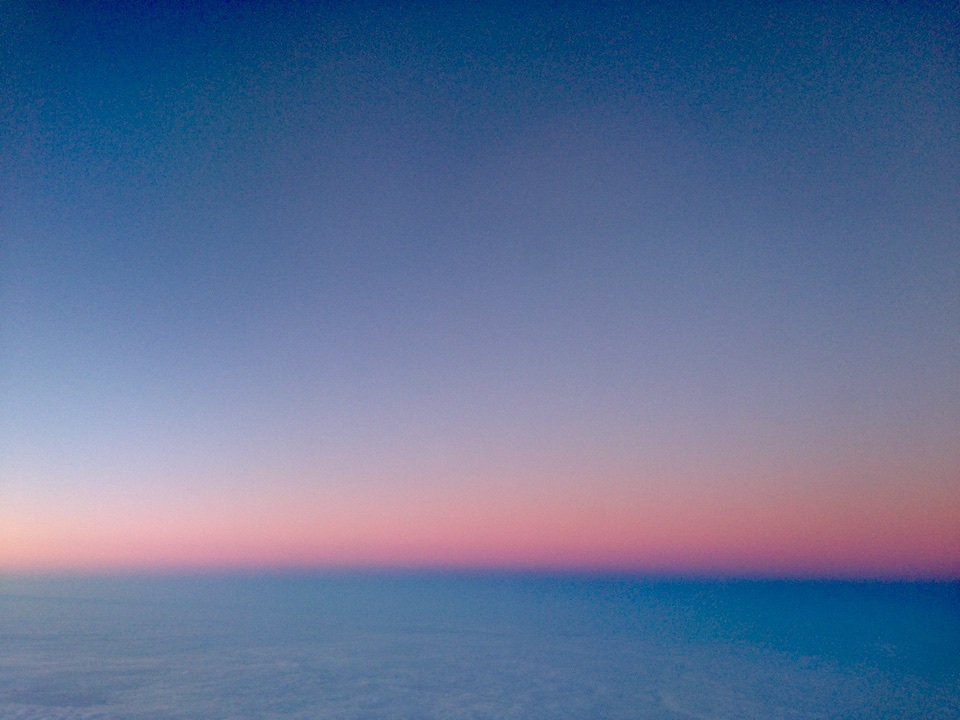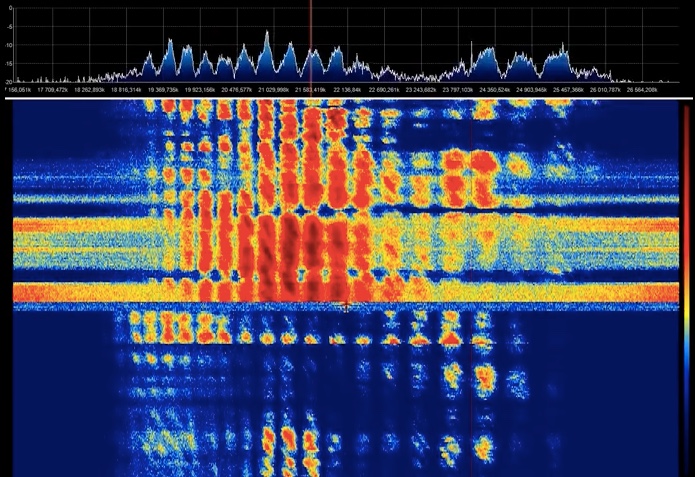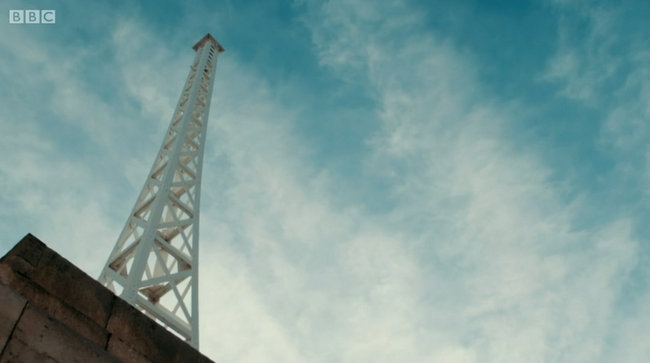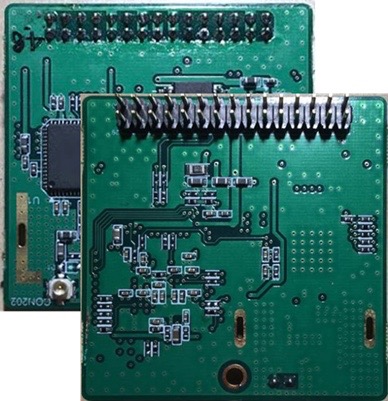(Source: VOA News via Richard Cuff)
WASHINGTON – The U.S. Agency for Global Media’s Chief Executive John Lansing said he will be leaving his post at the end of the month.
Lansing, a veteran government broadcast and cable television executive, was named four years ago by U.S. President Barack Obama to be the first chief executive of the U.S. Agency for Global Media, which oversees the Voice of America, Radio and Television Martí, Radio Free Europe/Radio Liberty, Radio Free Asia, and Middle East Broadcasting Networks.
Lansing made his mark at the agency early on by championing a free press.
“Despite some very dark moments, we have not been silenced. We will continue to report the truth. We will continue to find new ways to get independent reporting and programming to global audiences who rely on it,” he said this year on World Press Freedom Day.
USAGM board Chairman Kenneth Weinstein said in a statement, “John has put USAGM on solid footing to advance our mission to inform, engage and connect people around the world in support of freedom and democracy. … The Board is very grateful for, and deeply impressed by, the results achieved during his tenure.”
Lansing has boosted the networks’ global weekly audience by more than 100 million and expanded the agency’s use of platforms from encrypted live broadcasting to shortwave radio to push content into countries that jam or ban American programming.
Under his watch, the agency also created Current Time, a network broadcasting news, features and documentaries for Russian speakers in 2017. Polygraph and Faktograph are websites aimed at combating a stream of disinformation by Russia state-controlled media. A new Persian-language service, VOA365, also started broadcasting earlier this year.
In a statement released late Thursday, Lansing said he would be starting a new position at chief executive at National Public Radio, a publicly funded nonprofit membership media organization based in Washington.
Lansing acknowledged challenges ahead for the agency with countries such as Russia, China, North Korea and Iran trying to control information and spread their influence throughout the world.
“Please keep abiding by the highest standards of professional journalism. Please keep fighting for press freedom. Please keep telling the truth. The world needs you now more than ever,” he concluded in his statement to employees.
Weinstein said in his statement, “It is the Board’s top priority to find the best individual to run USAGM upon John’s departure.”

